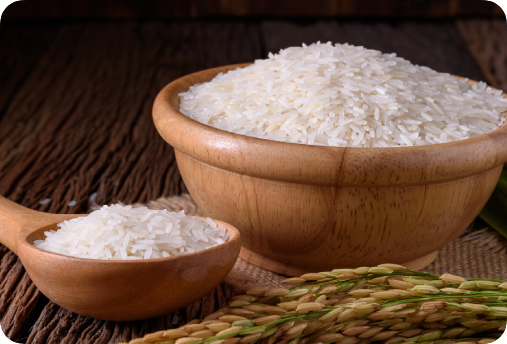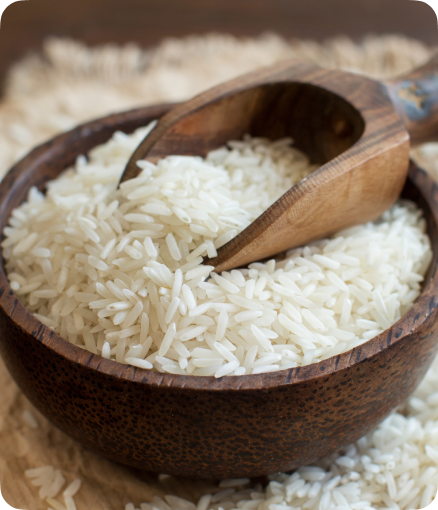About BasmatiHistory of Basmati Rice
The history of rice dates back centuries and rice has been a staple in the diet of many Asian countries. Even today, it continues to play a vital source of nutrition.

Basmati rice was always the most popular and widely consumed type, it is traditionally grown in the foothills of the Himalayas. The cool, dry climate and mineral-rich soil provide an ideal environment for its cultivation. Basmati is different from other types of rice because of its length and fragrance, each grain is much longer than regular rice and smells like heaven when cooked.

Basmati rice, also known as the "queen of rice," is a nutritious food source with high levels of carbohydrates, vitamins, and minerals. It is also low in fat and gluten-free, making it suitable for those who suffer from allergies or are intolerant. The combination of its nutritional content and delicate flavour has made basmati rice a favourite among many individuals and cultures around the world.

Basmati rice matches perfectly with many dishes, especially Indian curries. They are served with great pleasure by haute restaurants and Indian households. Basmati Rice always levels up the dish with its, taste, aroma, and look, it is an unmissable part of a food course in many parts of the world.




